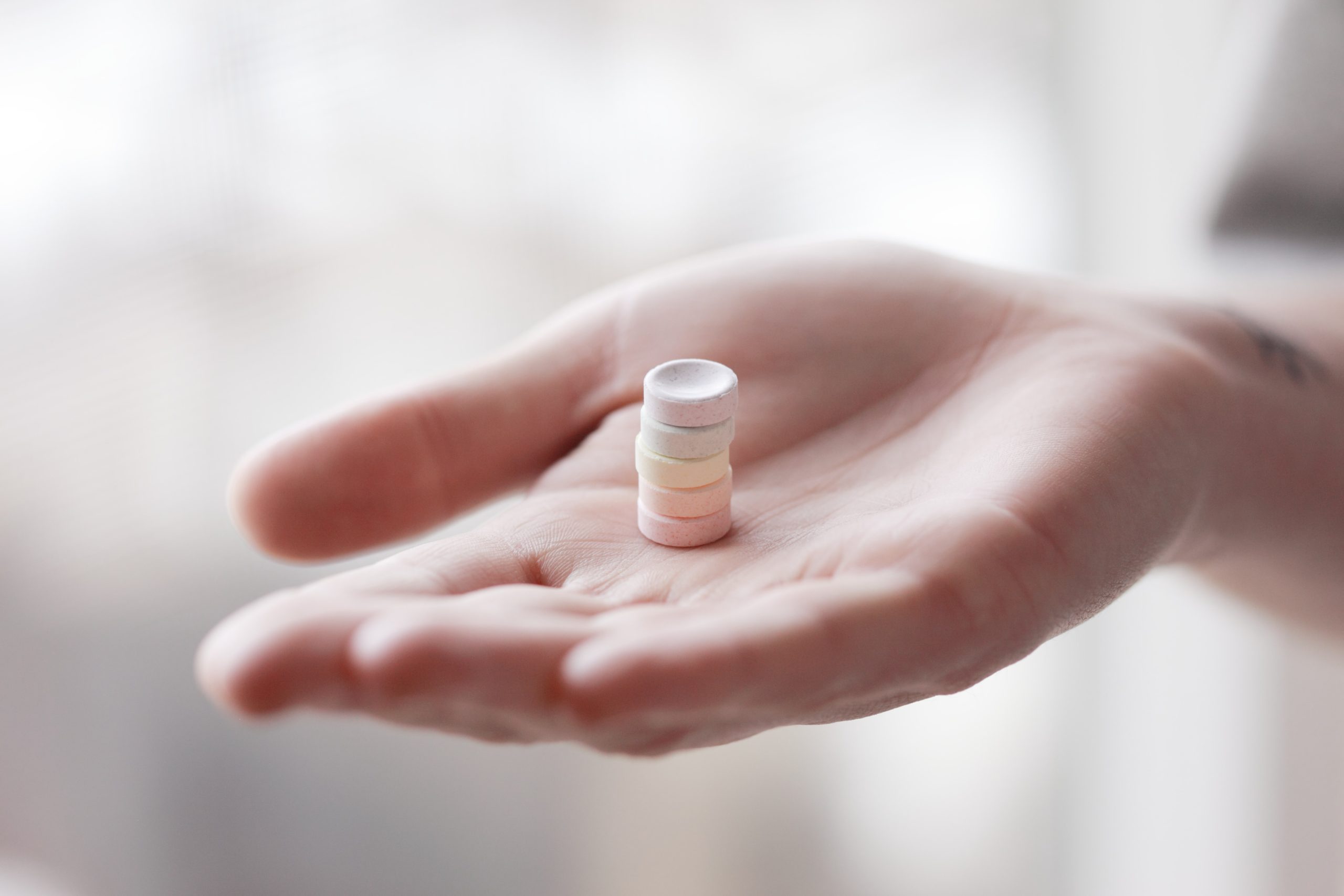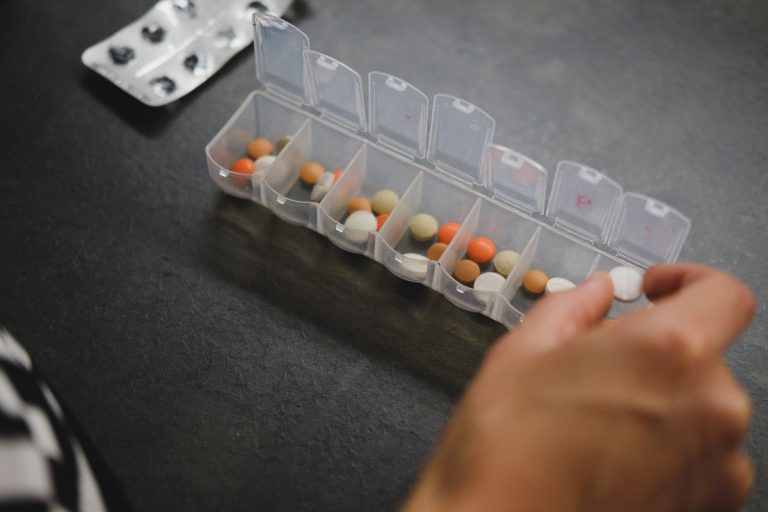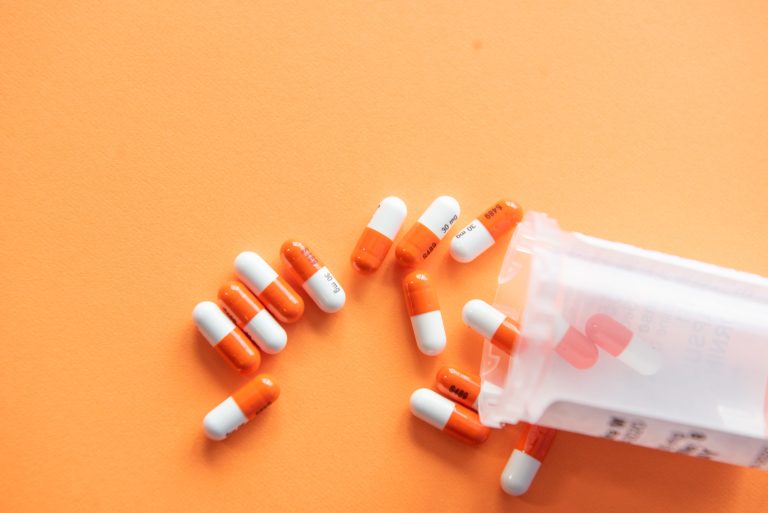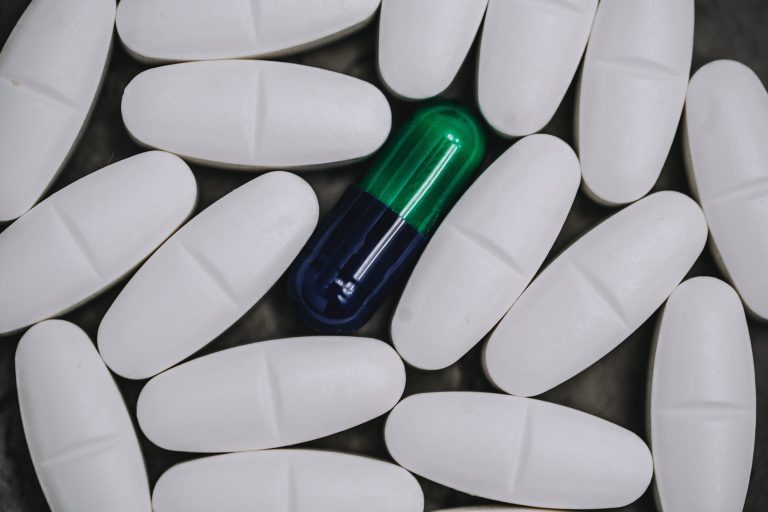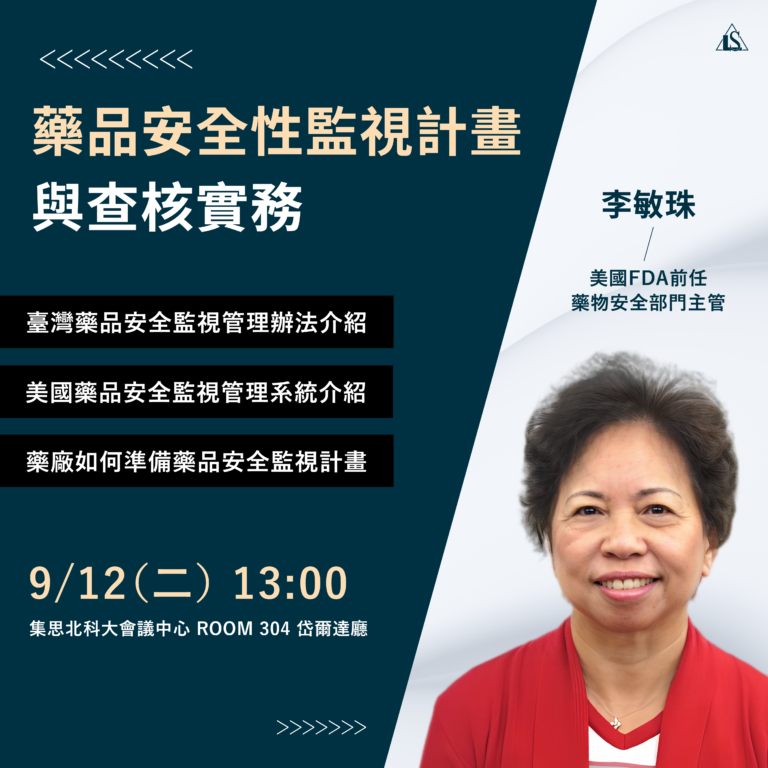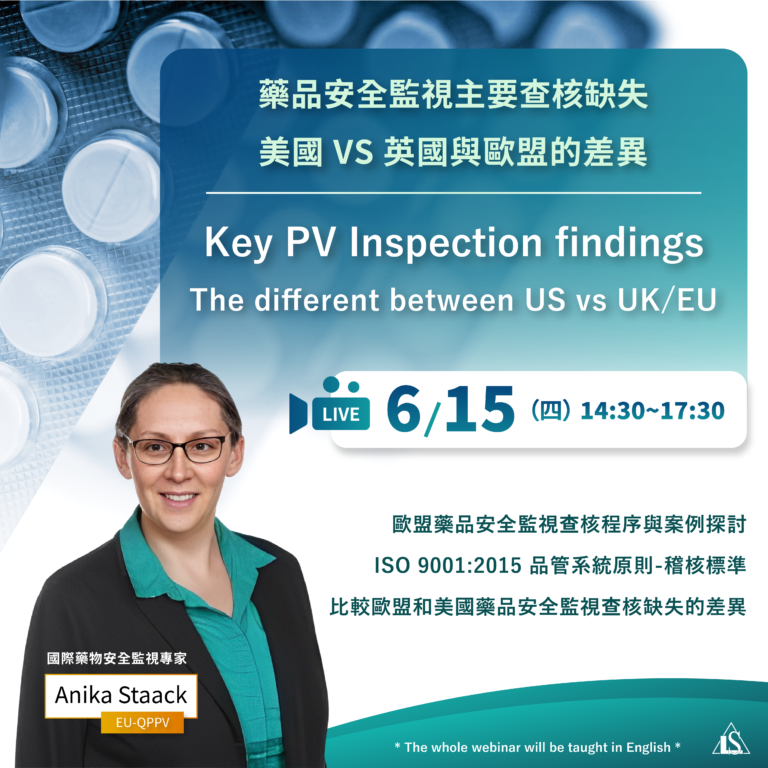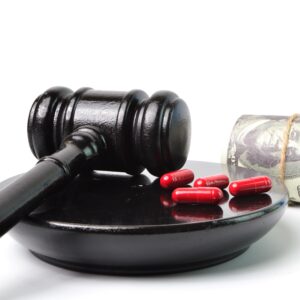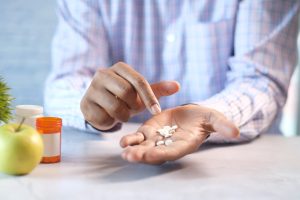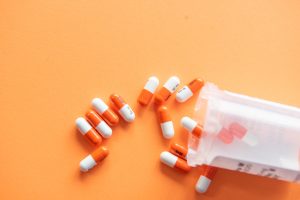Disclaimer: This article was prepared by Liang-Ni Wu in her personal capacity. The views and opinions expressed in this article are the author’s own and do not necessarily reflect the policy or view of Merck KGaA.
Article August 2016
Introduction to drug safety series
STARTER
It started from three years ago. Peishan, the CEO of Taiwan Salt and Light Biotech Institute, invited me to give a workshop to share my experience in the pharmaceutical/clinical research industry abroad to the audience in Taiwan. We messaged each other to discuss about the topic. Peishan asked, “Tell me, what are you going to talk about in the workshop?”
“I will talk about clinical trial drug safety” I replied.
She contemplated and continued, “Are you sure about this topic?” Yes, I am. Why asking? “I am afraid that SAE (serious adverse event) reporting is not a popular topic for my target audience in Taiwan. Why don’t you talk about clinical trial management or subject recruitment in Singapore and in Europe? This topic would be more attractive to people.”
I protested, “I can’t talk about these topics. I was never a clinical trial manager and do not have direct experience in subject recruitment. I have at most a few sentences to say about subject recruitment or clinical trial management outside of Taiwan. Anyway, I am working in the field of drug safety and I should talk about drug safety.”
Peishan negotiated, “A few sentences in subject recruitment or clinical trial management can be a starting point. You can collect more information and develop into a nice topic. Be flexible! I know you can do it.”
I was however stubborn, “No – I am not comfortable speaking a topic without real experience…” I knew that she would not give up persuading me if I do not make a nice proposal, “Let me develop my topic outlines and send to you. We can further discuss the details after you see my proposal.”
Afterward I developed an “appearing” outline about clinical trial medical and safety management, and eventually convinced Peishan to organize the workshop with my-proposed topics. Fortunately, and to our surprise, there were a lot more people interested in this topic than we both expected. I was glad to see that officers from the health authority and peers from the industry attended the workshop and exchanged thoughts with me. After the first successful workshop sharing experiences from abroad, the next year we organized an international conference, inviting speakers from Europe to share about clinical trial protocol design and audit preparation. One year after that (which was last year), Peishan touched base with me about my availability to organize a workshop or conference, but due to my own schedule, I was unable to commit my availability to support the workshop or conference. We then brainstormed about some project which I can contribute continuously from abroad, and we both came up with an idea for me to write and maintain a column. I started compiling some regulations for my first article but was sorry to find it very boring to myself – I could not even finish the first paragraph. Therefore, this project was put on hold by me until this year when Peishan informed me to start working on the column article – I knew she has waited long enough, and that I really have to start now.
ABOUT ME
I actually wanted to skip this self-introduction, as I know that not everybody is interested in knowing about me. I however realized that without this introduction, I owe an explanation about myself to readers who want to understand why and how I am writing this (for example why do I write about drug safety) – I should offer to let the readers know who I am and where I stand. I am a Taiwanese – born and grew up, studied and completed my bachelor’s degree in pharmacy in Taiwan. I obtained a master’s degree in epidemiology in USA, and returned to Taiwan to start working as a medical writer in the largest, local contract research organization (CRO). A CRO is an organization (company or institute) who is contracted by pharmaceutical/biotech companies to conduct studies – animal studies, clinical trials, surveillance, survey, laboratory analysis…etc. After a few years, I left the company and started working as a consultant to take my own projects in medical writing, which only lasted for one year, before I received an offer to join a European CRO and to start working as a senior drug safety associate (DSA) in Singapore. I worked in Singapore for another few years, and transferred within the same company to Germany, working as a manager in drug safety. Since then I have stayed in the same country, but I left the CRO and started working for my current company as a pharmacovigilance alliance manager. I also like to write, but outside of work, I am a low-productive writer. The only prize I have won was the champion of writing contest at the School of Pharmacy in the novel section, in my university year when I was still a freshman – I however always thought that I got the prize out of good luck – there were only a total of three participants to compete for the prize. At work, I wrote technical documents, procedures and now I write pharmacovigilance agreements. As my private writing style, I like to describe stories in a relaxing and funny aspect to interest readers. For the column, I am reluctant to write it in a technical way, and thus for the first time, I challenged myself to write such a serious topic in my own style.
INTRODUCTION
The profession and regulation of drug safety emerged and developed relatively late comparing to other fields (quality management, clinical management, medical affairs, regulatory affairs, business development…etc.) in the pharmaceutical industry. When I worked in Taiwan, I had not heard of a drug safety department or a drug safety specialist in the industry. Drug safety was however no stranger to me – well, I thought not.
At that time, I participated in drug safety from my role as a medical writer for clinical trials – I worked with biostatisticians and clinical research associates (CRAs) to write the sections of adverse event (AE) / serious adverse event (SAE) collection and endpoint analyses in the clinical trial protocols; I collaborated with data managers to design case report forms (CRFs) to collect AEs; I reviewed SAE reports to prepare narratives which were then included in the clinical trial final study reports; I was trained with ICH GCP (International Conference on Harmonisation of Technical Requirements for Registration of Pharmaceuticals for Human Use, Good Clinical Practices) and knew about the regulatory reporting requirement for clinical trial SAEs; I check the compliance in the study for SAE reporting from investigators to the company, and from the company to the regulatory authority, the former Department of Health and the adverse drug reaction (ADR) center; I also reviewed statistic tabulations and listings of safety data, and wrote the safety analysis in the clinical study reports. I even participated in the review of toxicology/pharmacology studies, and packages of chemistry, manufacturing and control (CMC) for botanical drugs and learned about safety standards for quality management. That sounds a lot, but did not help me in gaining a complete picture to understand drug safety. For example, I was not able to answer questions such as “What does the regulatory authority do with the SAE reports submitted by the company”, “How does a pharmaceutical company utilize the data collected in one clinical trial to evaluate the safety of the product under development”, “How does a pharmaceutical company ensures patient safety” …etc.
Drug safety does have several aspects – the pharmacological characteristics, the safety profile of the active pharmaceutical ingredient (API) associated with the route and dosage of use and the conditions of patients using it, and the quality of the drug product. Drug safety nowadays is referred to as the methods and procedures to systematically collect safety data to understand the safety profile of a drug and to identify and manage risks associated with the use of the product. And therefore, what I did in my medical writing life was only a small part of drug safety procedures. Of note, “drug safety” is somewhat interchangeably used with another term “pharmacovigilance,” although drug safety is more often used to refer to clinical trial setting, and pharmacovigilance is more frequently used for post-marketing setting (after a drug is approved/licensed and marketed).
The door to the profession of drug safety/pharmacovigilance was open for me when I started working in Singapore as senior DSA in the European CRO. During that time, I did quite a lot of full case processing for SAEs, and also other activities associated with medical and safety management in clinical trials – these will be further discussed in my future articles.
After I came to Germany, I started working at the headquarters of the drug safety departments of the companies. Moving to the Europe continent jobwise means a need and a good chance to learn about the European Union pharmacovigilance legislations (Regulations and Directives), the associated guidance documents, and especially the good pharmacovigilance practices (GVP) guidelines published in recent years; and working at the headquarters of the departments means a demand to understand and to obtain a picture about the global/international regulatory requirements and procedures. With this background, a lot of the statements and arguments in my articles about drug safety/pharmacovigilance will be under strong influences by the European system, and the goal of my writing would be to help the readers to gain a global picture about drug safety/pharmacovigilance.
Before I end this article, I would like to post a question in drug development for readers to think about.
Efficacy versus Safety, which comes first?
I wonder if there will be any reader’s response toward this question. If yes, it will be quite a fun. My answer will be provided in the next article in two months.
Author
Liang-Ni Wu
Pharmacovigilance Alliance Manager
Safety Data Exchange Agreements,
Compliance and Standards,
Global Drug Safety, Merck KGaA

